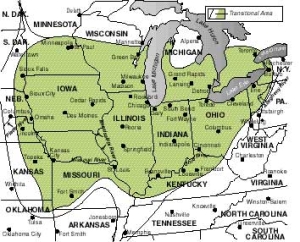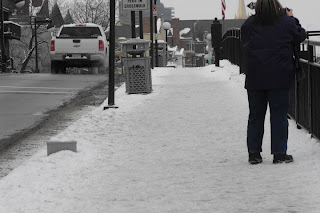To close out the blog, we are going to talk about Hawaii! Our post is centered around Chapter 18 of the book "Regional Landscapes of the United States and Canada" by Stephen Birdsall.
Birdsall writes, "Today, nearly one Hawaiian worker in four is a military employee. Military personnel and their dependents represent more than 10 percent of Hawaii's population."
Pittsburgh has the only museum in the country that honors women and men of all branches in the military. The museum is called Soldiers and Sailors Memorial Hall and Museum.
The address is: 4141 Fifth Avenue
Pittsburgh, PA 15213
(Credit: Museum's website).














